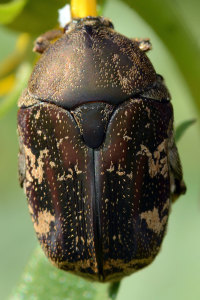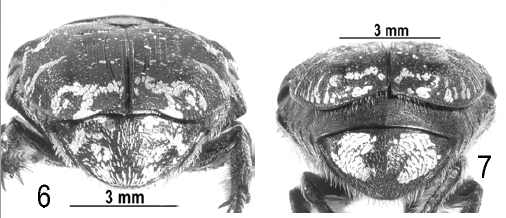December has been chilly here; the longest stretch of cold nights I can remember, punctuated by lovely cool and ever-so-slightly-warm by the afternoon days. After nearly fifteen years here, I feel like I’m finally getting my money’s worth out of living in the Sunshine State.
The cool weather, though, has slowed the flowering in my yard, and with the smaller nectar and pollen crop that’s available in these shorter days, I’ve seen fewer insects, and with fewer insects, there have been fewer birds around. I still see the wintering palm warblers, and now and then the kestrel shows back up on the wires, but few butterflies, apart from the ever-present Zebra Heliconian and Cloudless Sulphur, are making themselves known.
And the odonates (damsel- and dragonflies) almost seem to have disappeared. It wasn’t until the 17th that I saw any kind of dragonfly this month, and I only caught the briefest of glimpses so I have no idea what species it was. Later that same day I found a lone Citrine Forktail out in one of the many sunflower beds around the house. And that’s all, at least now, a few days before the solstice and a full week before Christmas.
However, I did find and photograph what I at first took for our native flower beetle, Euphoria sepulcralis, which seems to occur here regularly in December. I was alerted to its presence while I was inspecting the flower beds for more damselflies by the loudest buzzing you can imagine. For example, flies buzz at, let’s say a three on a ten-point scale. A mosquito’s whine would be a one. A honeybee might be a four, and the loud megachilid bees would be a five or a six, depending on species. But the flower beetles probably rate a seven or eight. They are frighteningly loud, at least when you’re in a flowerbed with lots of potentially stinging insects nearby. (In the four years I’ve been here, I’ve yet to be stung by any of the bees or wasps, or bitten by any of the ants or spiders. Still, no one likes to be stung or bitten, and it’s still kinda scary!)
So when I heard this loud, loud buzz, and saw a flower beetle, I took a few rudimentary shots just to document the presence of a known species to begin rebuilding my sighting matrix. (As you’ll recall, my recent computer crash has destroyed two full years of data, including over 10,000 photographs that I’d just finished tagging and labeling to help build my yearly sighting matrix. Sigh.)

On closer inspection of the photographs, though, it turns out that the loud buzzing flower beetle that I’d assumed to be E. sepulcralis was its imported cousin instead, Protaetia fusca, the Asian mango flower beetle. Even though I’d read the “featured creature” page I linked to over two years ago, at the time I hadn’t even noticed the comparison of the native and non-native scarabs that I now find so interesting.
Turns out that these little guys, while looking somewhat alike to the presbyopic naturalist writing these pages, to the taxonomic entomologist writing them up back in 2006, they are rather distinct:
Both species are typical of the scarab subfamily Cetoniinae, being somewhat flattened dorsally, the head barely visible from above. Both dorsally have variable patterns of scales, some of which can be rubbed off, contributing to many synonyms being created for E. sepulcralis. They can be recognized readily by the accompanying habitus illustrations (Fig. 1-2 ). In addition, the dorsal surface of P. fusca is matte and somewhat velvety; that of E. sepulcralis is shiny. Each elytron of P. fusca terminates in a spine at the sutural apex (Fig. 4), but E. sepulcralis has no such spine (Fig. 5). The pattern formed by the pygidium and elytral apices is composed of scales and is similar but distinct (Fig. 6, P. fusca; 7, E. sepulcralis), both appearing to mimic the head of a bee. Because this is the part exposed while beetles are headlong into a flower, it could serve as a deterrent for a predator.
I rarely read block quotes, so I’ll point out what I find interesting from the description above: these beetle’s butts imitate the head of a bee! Here’s the picture from that article that “proves” it:

Whether you’re convinced or not that this beetle’s behind resembles the front end of a bee, it’s kind of neat, right? What do you see in your flowerbeds?
I’m not sure of the etymology of this species’ taxonomic name; aetio is the Greek root of “cause” or “responsibility” (think “etiology”); fusca comes from fuscus, “dusky,” “dark.” Perhaps a reference to the color of the beetle, or to the color of the flowers it damages while feeding?
References
Thomas, M. 2007. Euphoria sepulcralis. DPI Entomology Circular 386, updated for Featured Creatures web article at UF’s website.
Woodruff, R. 2006. The Asian mango flower beetle, Protaetia fusca (Herbst), and Euphoria sepulcralis (Fabricius) in Florida and the West Indies (Coleoptera: Scarabaeidae: Cetoniinae). Insects Mundi 20(3-4):227–232. Available online at Digital Commons.
